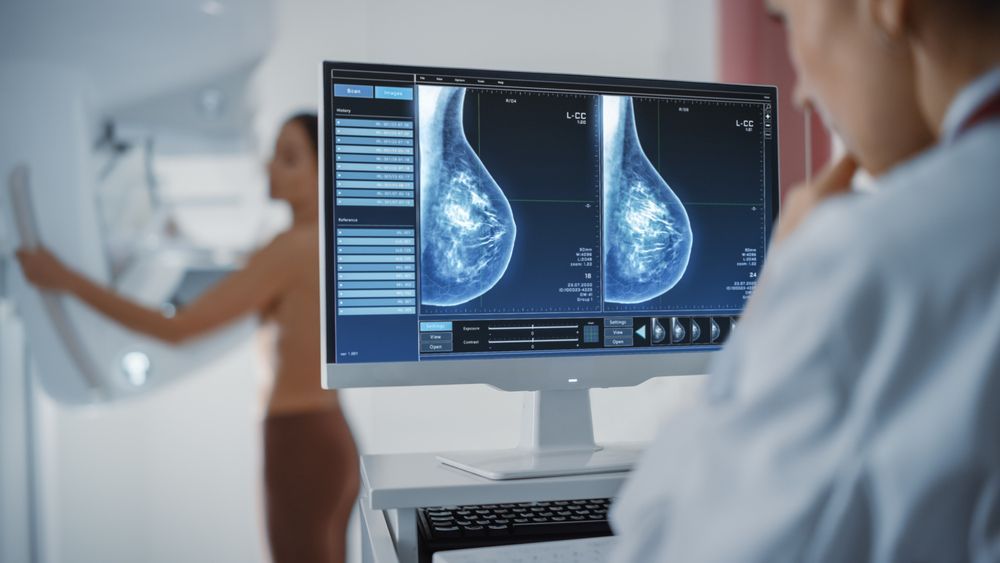Transitioning to Remote Radiology Work: Best Practices and Considerations
The field of radiology has undergone significant transformation in recent years, with remote radiology (teleradiology) emerging as a viable and attractive career option. Advancements in digital imaging, cloud-based PACS (Picture Archiving and Communication Systems), and secure communication platforms have made it possible for radiologists to work efficiently from virtually anywhere.
Whether you are a consultant radiologist looking for flexibility, a subspecialist seeking international opportunities, or considering a hybrid work model, transitioning to remote radiology requires careful planning. This article outlines best practices, key considerations, and actionable steps for radiologists making the shift to remote work.
1. Understanding the Benefits of Remote Radiology
Before making the transition from a hospital or clinic based job to a remote radiology reporting position, it is essential to understand why remote radiology is an attractive career option. Some key benefits include:
✅
Flexibility – Work from home or anywhere with a reliable internet connection.
✅ Work-Life Balance – Reduce commuting time and gain more control over your schedule.
✅ Expanded Career Opportunities – Access job opportunities beyond local hospitals, including international teleradiology companies.
✅ Increased Earning Potential – Some remote positions offer competitive pay, particularly for urgent or overnight reporting.
✅ Specialist Roles –
Subspecialist radiologists (e.g., neuroradiology, MSK, emergency radiology) are in high demand for teleradiology services.
👉 Considering a remote radiology role? Start by researching accredited teleradiology providers to explore available opportunities.
2. Key Considerations Before Transitioning to Tele-Radiology Practice
A. Licensing and Legal Compliance
Radiologists working remotely must ensure they meet regulatory and licensing requirements of the appropriate jurisdiction from where they reporting. Consider the following:
- Specialist Registration with the Medical Regulatory Authority in the proposed practice jurisdiction. for example, in the UK this is the General Medical Council (GMC), in Ireland the Irish Medical Council (IMC), in New Zealand the Medical Council of New Zealand (MCNZ)and in Australia, the Australian Medical Board.
- Teleradiology Compliance – Understand the regulations related to remote reporting in different countries, particularly with regard to data compliance.
- Medical Indemnity Insurance – Ensure your coverage includes remote work.
B. Technical and Infrastructure Setup
A robust technical setup is crucial for efficient remote reporting. Key components include:
- High-Resolution Monitors – Must meet DICOM (Digital Imaging and Communications in Medicine) standards for diagnostic accuracy.
- Secure PACS Access – A cloud-based or VPN-secured connection to hospital imaging databases.
- Reliable Internet Connection – High-speed broadband or fibre-optic internet for uninterrupted workflow.
- Voice Recognition Software – Speeds up report dictation and documentation.
💡 Tip: Invest in an ergonomic home workstation to maintain productivity and reduce fatigue.
C. Work Structure and Scheduling
Transitioning to remote work requires a structured approach to time management:
- Define Working Hours – Whether part-time or full-time, establish a set schedule.
- Time Zone Management – If working for an international provider, consider time differences.
- Reporting Turnaround Time – Maintain efficiency in report generation to meet contractual expectations.
🚀 Looking to optimise your workflow? Set clear work-life boundaries and schedule regular breaks to avoid burnout.
3. Best Practices for a Successful Remote Radiology Career
A. Choosing the Right Teleradiology Provider
Select a reputable provider that aligns with your career goals. Key factors to evaluate include:
- Accreditation and Compliance – Ensure the company adheres to appropriate regulatory standards.
- Caseload and Specialisation – Assess whether the case mix matches your expertise.
- Payment and Contract Terms – Understand compensation models, reporting volume expectations, and liability clauses.
🔎 Research before you commit! Connect with other remote radiologists to get insights on the best teleradiology employers.
B. Cybersecurity and Patient Data Protection
Handling sensitive medical data remotely comes with cybersecurity responsibilities:
- Use secure, encrypted connections to access patient imaging.
- Follow GDPR (UK) or HIPAA (US) compliance for data privacy.
- Implement two-factor authentication (2FA) for logging into medical systems.
⚠️ Stay compliant! Breaches in patient confidentiality can have legal consequences—always follow best practices for data security.
C. Maintaining Professional Development and Networking
Working remotely can feel isolating. Stay engaged in the radiology community by:
- Attending virtual conferences and webinars.
- Participating in radiology forums and online professional groups.
- Continuing CPD (Continuing Professional Development) activities to maintain licensure.
📢 Join online radiology networks to stay updated with industry trends and connect with peers.
4. Common Challenges and How to Overcome Them
Despite its advantages, remote radiology work presents some challenges. Here is how to tackle them:
| Challenge | Solution |
|---|---|
| Lack of direct clinical interaction | Schedule regular virtual meetings with referring physicians. |
| Workflow disruptions (IT issues, connectivity problems) | Have a backup internet connection and access to IT support. |
| Work-life imbalance | Set clear boundaries and designate a dedicated home office space. |
| Limited access to complex cases | Consider a hybrid model with some on-site hospital work. |
🔄 Adapting to remote work takes time—be proactive in addressing challenges to ensure a smooth transition.
Conclusion: Is Remote Radiology Right for You?
Remote radiology offers an exciting and flexible career path, but success depends on preparation, discipline, and the right infrastructure. If you are considering the transition, start by assessing your professional goals, technical setup, and compliance requirements.
✔️ Are you ready to take the next step?
- 🔍 Explore available remote radiology jobs with reputable providers.
- 🏡 Optimise your home setup for a seamless reporting experience.
- 📚 Stay engaged with the radiology community to enhance your skills and career growth.
💬 What are your thoughts on remote radiology? Have you made the transition, or are you considering it? Share your experiences in the comments!
Share this post on Social Media
Leave a Comment
SEARCH JOBS
Ready for a change? Whether you’re looking for higher compensation, greater autonomy, a better work-life balance, or just a change in scenery, we have job opportunities in wonderful locations across the world. Start your medical or dental job search today and embark on your next career move.
SIGN UP FOR JOB ALERTS
We believe everyone deserves to find their dream job. Be the first to hear about new practice opportunities in exciting locations across the world Simply sign up for job alerts in your chosen field, and we will email you when a new job in your specialty becomes available.
More Insights












